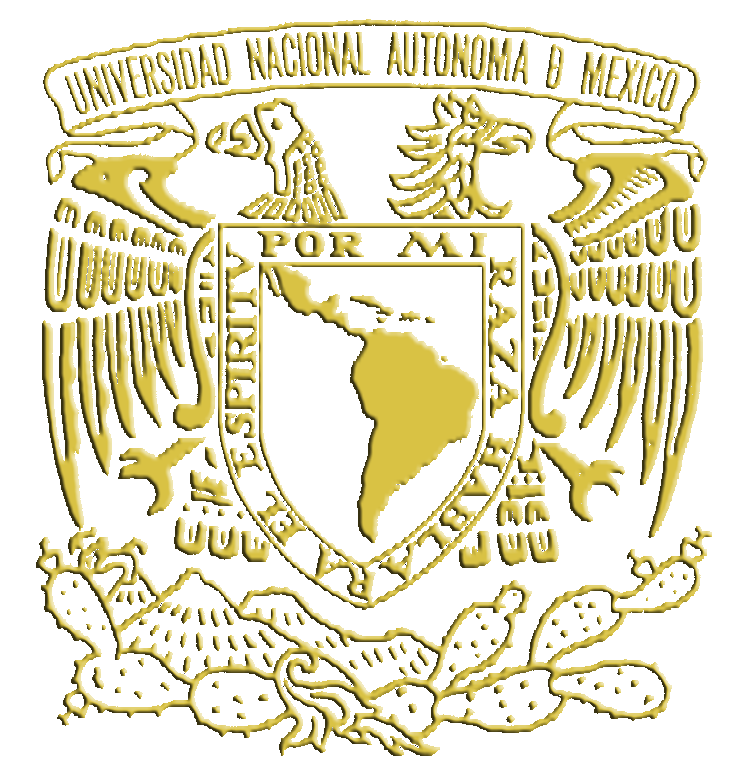Integrated tools for environmental management of large hydroelectric reservoirs and their surrounding areas.
Tipo de material: TextoIdioma: POR Detalles de publicación: Sergipe : Escola Superior de Sustentabilidade , 2014. ISSN: 2179‐684XTema(s): TIC | Sistema de información geográfica | WebRecursos en línea: Acceso a documento electrónico
TextoIdioma: POR Detalles de publicación: Sergipe : Escola Superior de Sustentabilidade , 2014. ISSN: 2179‐684XTema(s): TIC | Sistema de información geográfica | WebRecursos en línea: Acceso a documento electrónico | Tipo de ítem | Biblioteca actual | Colección | Clasificación | Copia número | Estado | Fecha de vencimiento | Código de barras | Reserva de ítems |
|---|---|---|---|---|---|---|---|---|
|
|
INFOBILA INFOBILA | General | 1 | Estanteria | IBL-21204 |
Periodicidad: Publicación anual de edición especial.
Artículo de revista.
Brazil has the largest electricity market in South America and has the largest capacity for water storage in the world. However, the recent economic growth in Brazil has resulted in a strong demand for expansion and modernization of the nation's electric infrastructure. In order to meet these needs, power companies are increasingly looking for Information Technology (IT) solutions that can ensure more efficiency in their business. Moreover, new regulatory rules directly impacts the way companies should acquire, maintain and report information about concession areas, and demand the modernization of companies' information systems. This paper presents a corporate IT solution developed in our Labs to the Sao Francisco's Hydroelectric Company (CHESF), a unit of Brazil's state-run power utility that generates and transmits electric power to all of the cities in the northeast of Brazil. This project aimed to facilitate the monitoring of concession areas to meet a new normative resolution that establishes particular procedures to be followed by the concessionaires for collecting and maintaining georeferenced information in the granting areas of hydroelectric plants, including all properties around the explored reservoirs. The main aim of monitoring reservoirs and their surrounding areas is to prevent the occurrence of undesired events of land-use or water-use, such construction of buildings and aquaculture; and undesired environmental events, such as fish mortality and water contamination by waste. Our solution provides means of managing different types of information about the properties located within the monitored area; comprises a mobile application that helps collect in-loco information about events; and provides a GIS-based module to facilitate the access and management of georeferenced information.
Analítica


No hay comentarios en este titulo.